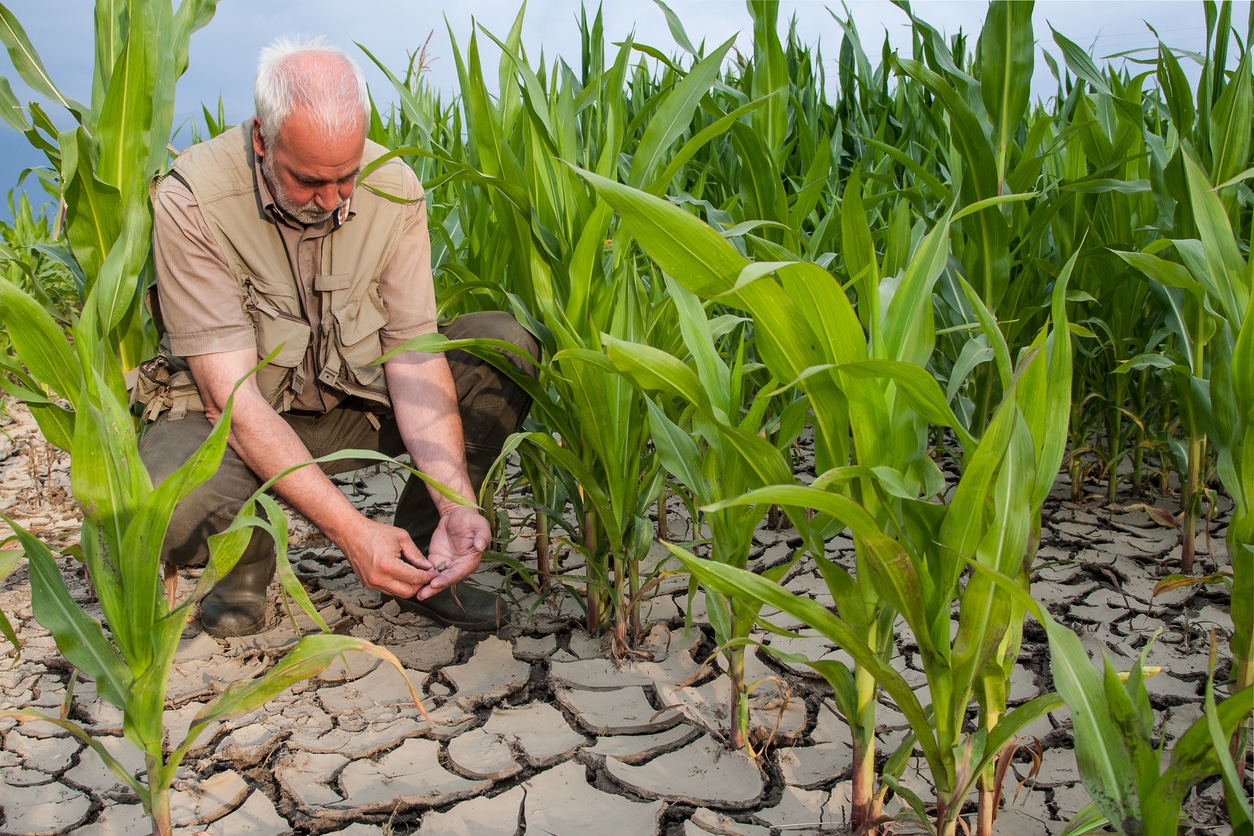
How Does Climate Change Affect Foodborne Illness?
As cases of foodborne illness skyrocket, the impact of climate change is an emerging suspect. The world is experiencing challenges like rising temperatures, shifting weather patterns and transforming ecosystems. These changes are posing a serious threat to the global food system.
What Are Foodborne Illnesses?
Foodborne illnesses — often called food poisoning — are infections or intoxications caused by consuming contaminated food or beverages. They result from harmful bacteria, viruses, parasites or toxins from certain bacteria or molds. Common culprits include Salmonella, Escherichia coli (E. coli), norovirus and Listeria.
Contaminated food can come from animals or plants and the contamination can occur during any part of the food system — from the farm itself right to when it sits on your table. The World Health Organization reports approximately 600 million cases of foodborne illnesses and 420,000 deaths each year.
Causes of Foodborne Illnesses
Contaminated water sources are one of the most common causes of foodborne illnesses. Dirty water from irrigation, or during food processing, can introduce pathogens. While inadequate cleaning in food handling and preparation transfers these pathogens from raw to cooked foods. Cross-contamination — where germs from raw meat or poultry touch ready-to-eat foods — is another common route.
Additionally, microorganisms love undercooked or improperly stored food, as it provides the perfect environment for them to multiply. Understanding and implementing proper food safety measures — including thorough cooking, safe storage and hygiene — are crucial for preventing foodborne illnesses at home and in commercial settings.
Poor hygiene is one of the most notorious causes of foodborne illness. Not washing your hands before preparing food and using dirty utensils or surfaces can increase the likelihood. Consuming these foods can then lead to gastroenteritis, food poisoning and even more severe health complications, like salmonellosis and typhoid fever, which typically require hospitalization.
How Does Climate Change Affect Food Safety?
As the consequences of climate change ripple across the world, their impact on various aspects of human life becomes increasingly obvious. Temperature changes and other climate-related shifts can disrupt the delicate balance of the food supply chain, but how does climate change affect food safety? Here are some of the key factors influencing the safety of the food you eat.
Altered Temperature Patterns
Climate change is shifting temperature patterns globally. Warmer temperatures can create the perfect conditions for certain bacteria, viruses and parasites that cause foodborne illnesses to multiply.
For example, Salmonella and E. coli — common culprits in foodborne outbreaks — thrive in warm, humid environments. Salmonella is one of the most common foodborne illnesses, affecting 1.2 million Americans each year. As temperature zones expand, these pathogens also increase, increasing the risk of contamination along the entire food supply chain.
Changing Precipitation Patterns
Changes in weather patterns — including increased frequency and intensity of storms — can contaminate water sources used in agriculture. Floods and heavy rainfall can wash animal waste, sewage and fertilizers into rivers and irrigation systems, contaminating crops with harmful microorganisms. This can result in contaminated food and water, leading to outbreaks of foodborne illnesses.
Impacted Agricultural Practices
Climate change is reshaping traditional agricultural practices. Extreme weather events, like droughts and heat waves, can compromise crop yields and reduce the availability of safe and nutritious food. In response to these challenges, farmers may adopt alternative practices, like changes in irrigation methods or using new crop varieties. However, these adaptations can introduce new risks and vulnerabilities, potentially increasing the likelihood of foodborne illnesses.
Globalization of Food Supply Chains
Farmers and corporations often buy and sell food and crops to different regions, meaning the global supply chain is heavily connected. This interconnectedness means changes in climate conditions in one place can have far-reaching consequences for food safety worldwide.
As climate change disrupts traditional farming patterns, it can lead to shifts in food production and distribution. This, in turn, may make it more difficult to monitor and regulate food safety, making it even more challenging to prevent and respond to foodborne illness outbreaks.
Human Migration and Changing Disease Patterns
Climate-change-caused events such as rising sea levels, extreme weather events and shifts in agricultural productivity can contribute to human migration. Natural disasters, like earthquakes and droughts, can force certain populations to move.
These people may struggle to access safe and nutritious food, making them more prone to malnutrition and foodborne illnesses. Additionally, when they move elsewhere, they can spread infectious diseases across regions.
What Foods Should You Worry About?
Some foods pose higher health and safety risks than others. You can help minimize your risk by taking caution when preparing and consuming foods like:
- Raw or undercooked meats
- Raw shellfish and sprouts
- Unpasteurized dairy products, cider or juice
- Raw eggs
- Cross-contaminated foods
Actions you can take to minimize your risk at home
When it comes to minimizing your risk of contracting a foodborne illness at home, the CDC recommends four simple steps to food safety: clean, separate, cook and chill. Clean your hands, knives, cutting boards and cooking surfaces often. Separate the raw foods you are preparing, so as not to cross-contaminate. Cook your food safely and to the recommended temperature. Refrigerate your food promptly, so it doesn’t sit out allowing bacteria to multiply.
Climate Change Affects Food Safety
Unfortunately, as weather patterns shift and temperatures rise, climate change does affect food safety. As these changes continue to reshape the environment, the influence on foodborne illnesses becomes increasingly apparent. To address this complex issue, a holistic approach focusing on various factors contributing to the spread of these diseases is needed.
By understanding these multifaceted connections, we can develop comprehensive strategies to safeguard the global food supply chain and protect public health in a changing environment.




Post a comment